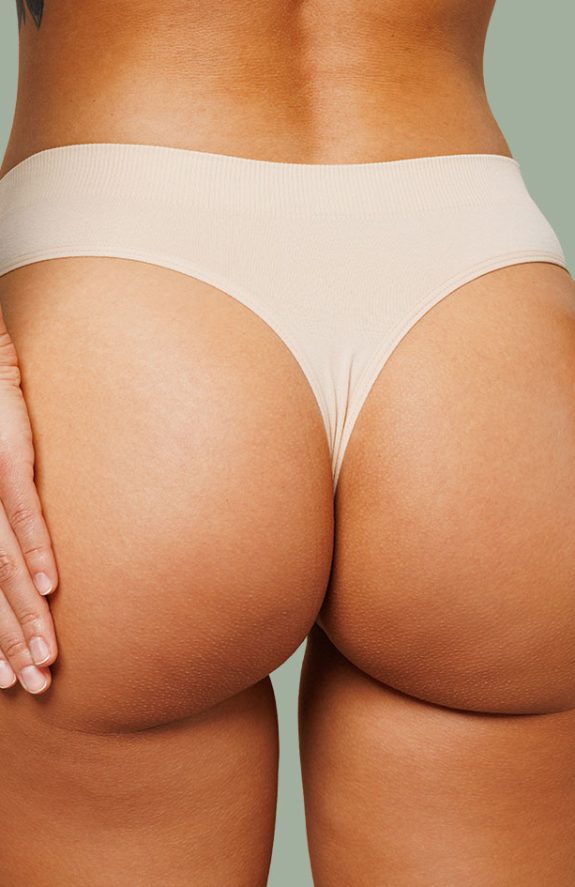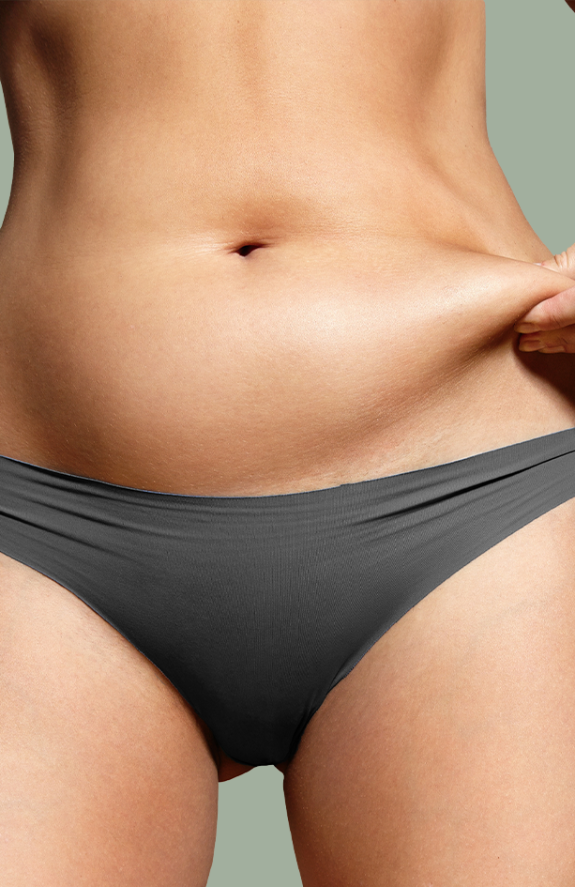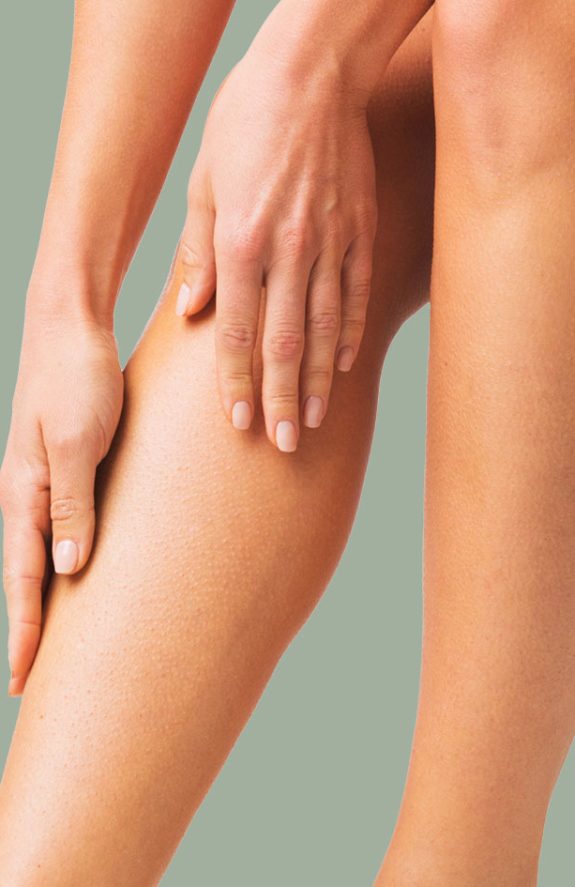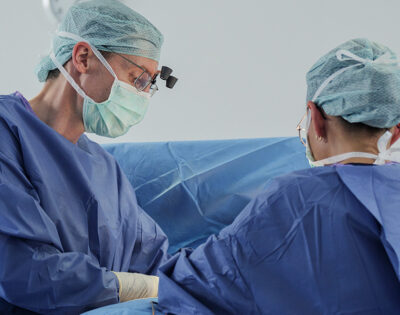Cryolipolysis – non-invasive procedure from Zeltiq
Cryolipolysis is a non-invasive procedure for reducing fatty tissue. Cryolipolysis was used for the first time in 2009 as part of a clinical study by Zeltiq Aesthetics.
Areas of application
Cryolipolysis can be used to treat the following fat deposits: Abdomen, lateral chest and back (bra fat rolls), hips, thighs, saddlebags, neck (double chin), buttocks and upper arms.
Cryolipolysis involves exposing a circumscribed area of the body to a temperature of four to ten degrees Celsius. The treated area of the body is suctioned with a negative pressure of twenty to twenty-eight millimeters of mercury. The treatment lasts thirty to sixty minutes. There are no restrictions after the treatment. You can then go about your usual everyday activities.
Cryolipolysis leads to a progressive reduction in fatty tissue over three months. The result can be seen after six weeks. Fat cells are very sensitive to cold. Cryolipolysis causes permanent, specific damage to the fat cells. The lower the temperature and the longer the cells are exposed to the cold, the faster the fat cells die. White blood cells and phagocytes break down the dead cells.
This inflammatory reaction begins after two to fourteen days and lasts for four months. Cryolipolysis is considered a safe procedure. Cryolipolysis must not be carried out in the case of a cold allergy (cryoglobulinemia, cold urticaria), a rare hereditary disease of the blood-forming stem cells (paroxysmal hemoglobinuria) or local skin changes.
Different providers
Many different devices are available for cryolipolysis: Coolsculpting® company Zeltiq Aesthetics (Pleasanton, CA, USA), KryoShape® company Medical Shape GmbH (Basel, Switzerland), CryoSlim® (BFP Electronique, Montrodat, France), Coolsculpting® has been approved by the US Food and Drug Administration (FDA).
Cryolipolysis is generally very well tolerated. Temporary numbness and redness of the treated skin areas must be expected. Occasionally, slight side effects such as increased sensitivity of the treated areas occur. Paradoxical adipose hyperplasia (PAH) is a rare side effect (0.025% or one in four thousand cases). In these cases, there is a localized increase in fatty tissue in the treated areas three to six months after the treatment. The negative pressure during cryolipolysis probably triggers the growth of fatty tissue in certain patients. Cryolipolysis is contraindicated in people with cold-sensitive conditions such as Raynaud’s syndrome or a disease based on cryoglobulinemia. Some other diseases with a positive rheumatoid factor are also mentioned in the literature (Sjögren’s syndrome, lupus, vasculitis, rheumatoid arthritis, hepatitis C).







